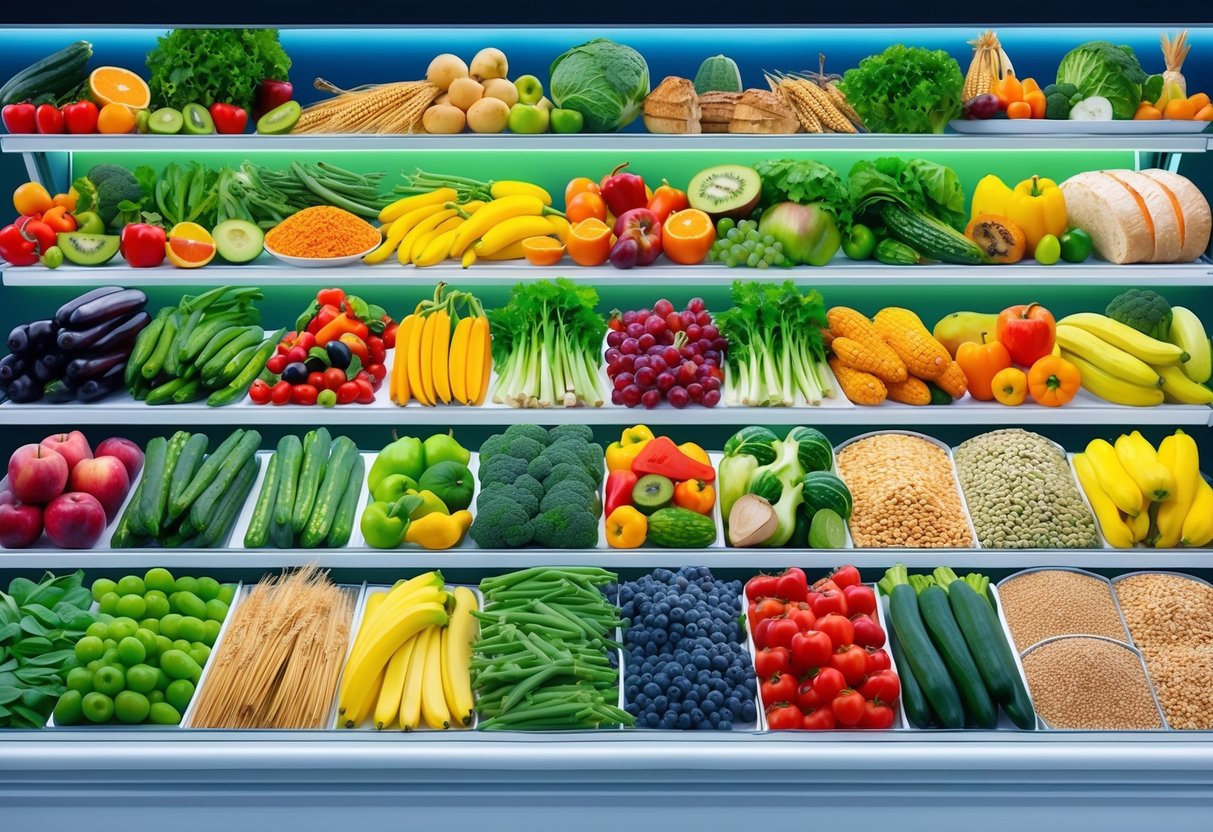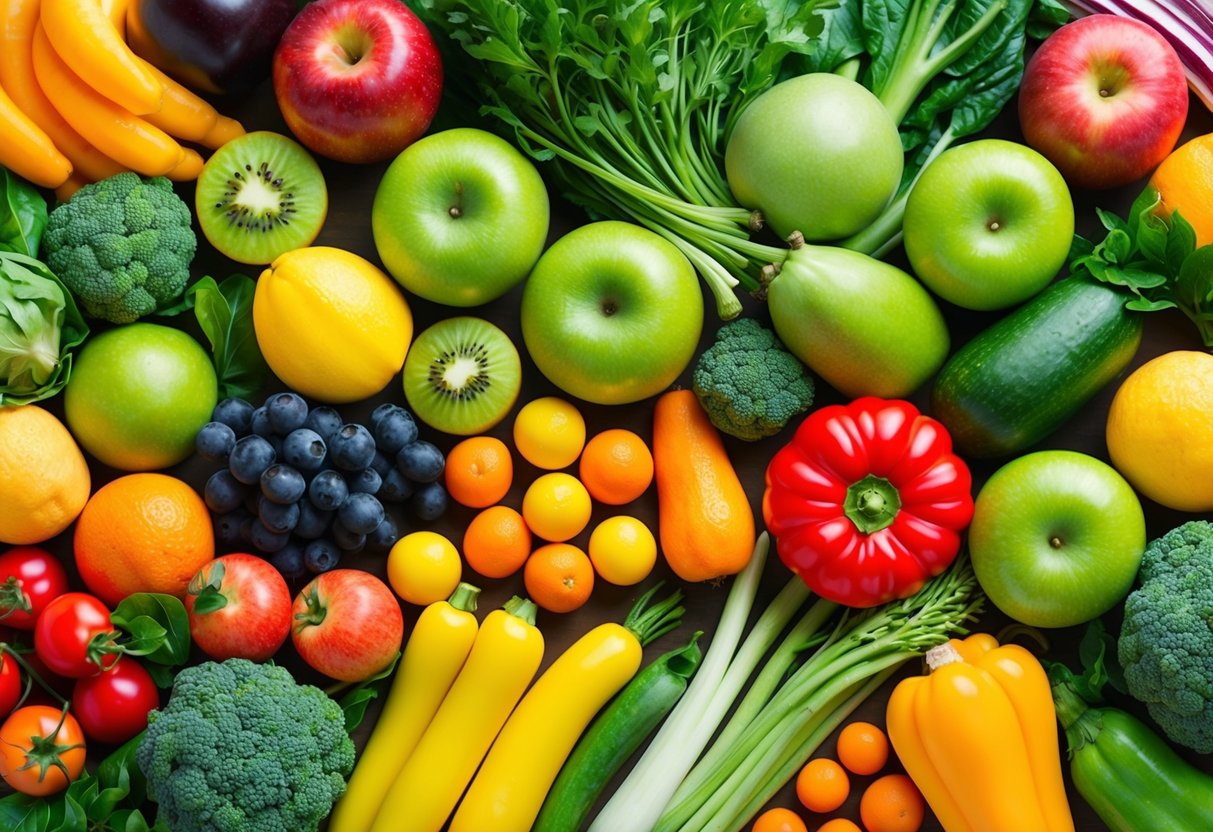
Finding the healthiest foods to add to a grocery list is an effective strategy for creating nutritious meals and supporting overall wellness. Building a grocery list around nutrient-dense options such as fruits, vegetables, lean proteins, whole grains, and healthy fats helps ensure consistent access to essential vitamins, minerals, and fiber.
Selecting foods like berries, leafy greens, skinless poultry, fatty fish, beans, and whole grain bread is linked with balanced nutrition and sustained energy throughout the week.
A well-planned list doesn’t have to be complicated or expensive. There are budget-friendly, healthy choices like eggs, canned fish, pre-washed salads, and brown rice that make healthy eating more practical and convenient.
Examining recommendations from nutrition experts reveals that having a clear, comprehensive shopping list is one of the best ways to simplify meal preparation and support long-term health goals for individuals and families alike.
Building a Balanced Grocery List
Creating a balanced grocery list helps ensure a variety of essential nutrients while sticking to healthier eating habits. Well-planned shopping focuses on stocking up with nutrient-dense foods from all main food groups, using labels and smart strategies to choose the best products.
Key Food Groups to Prioritize
Selecting foods from all major food groups supports a balanced diet and aids in meal planning. Research and practical guides recommend filling most of the grocery cart with colorful fruits and vegetables, whole grains like brown rice or oats, sources of lean protein such as eggs, canned salmon, or chicken, and healthy fats like olive oil or avocados.
Low-fat dairy options, such as Greek yogurt and cheese, are also valuable. Referencing the MyPlate model, the healthiest grocery lists tend to include at least half the plate as fruits and vegetables, with one-quarter as lean protein and another quarter as whole grains.
Adding canned beans, nuts, and seeds provides extra plant-based protein and fiber. For more examples and ideas, see this complete guide from nutritionists.
Shopping Tips for Healthy Options
Smart grocery shopping starts with planning and preparation. Writing a detailed grocery list helps limit impulse buys and stick to nutritious choices like fresh or frozen produce, unprocessed proteins, and whole grains.
Shopping the outer aisles of the grocery store often leads to healthier options, as this is where fresh foods are usually stocked. Choose versatile ingredients that can be incorporated into multiple meals, such as eggs, spinach, sweet potatoes, and canned fish.
Buying generic or store-brand versions of staples like oats and legumes can also save money without sacrificing quality. It helps to use a weekly menu planner and read up on proven food shopping strategies for successful healthy grocery shopping.
Understanding Food Labels
Reading food labels is a crucial skill when trying to create a truly healthy grocery list. Labels provide details on calories, sodium, saturated fat, sugars, and serving sizes, all of which are essential for making informed choices.
Aim for products low in added sugars, sodium, and unhealthy fats, and check for whole food ingredients at the top of the list. Look for trustworthy health claims, like “100% whole grain” or “no added sugars,” but approach marketing terms with caution.
Scanning ingredient lists for recognizable foods and identifying unnecessary additives supports healthier decisions. Understanding nutrition facts and claims is discussed further in this healthy grocery shopping guide.
Nutritious Fruits and Vegetables

Adding a wide variety of fruits and vegetables to the grocery list gives meals both vibrant flavor and essential nutrients. Each type of produce offers distinct benefits, from high vitamin C content to unique antioxidants, supporting overall health and balanced nutrition.
Top Fresh Fruits to Add
Fresh fruits such as apples, blueberries, oranges, and kiwi deliver a mix of vitamins, antioxidants, and fiber. Apples are a great source of vitamin C and fiber, supporting immune health and digestion.
Blueberries are rich in anthocyanins, which help protect the body from oxidative stress. Oranges and grapefruits are packed with vitamin C, an essential nutrient for skin and immune function.
Pears, cherries, and mangoes also offer potassium and phytochemicals, contributing to heart health and metabolic balance. Consuming a variety of fresh fruits like those mentioned on this healthy grocery list helps ensure a broader intake of micronutrients with every meal.
Most Nutritious Vegetables
Dark leafy greens such as spinach, kale, and Swiss chard stand out for their levels of vitamins A, C, and K. Broccoli, Brussels sprouts, and bell peppers provide high vitamin C content along with antioxidants like sulforaphane and carotenoids.
Carrots and sweet potatoes are rich in beta-carotene, which the body converts to vitamin A, promoting healthy vision and immune defenses. Cruciferous vegetables like cabbage and bok choy add folate and fiber.
Including a range of vegetables such as tomatoes, edamame, and carrots from the heart-healthy foods shopping list further broadens the nutrient profile in daily meals.
Examples of Nutritious Vegetables
| Vegetable | Key Nutrients |
|---|---|
| Spinach | Vitamin K, iron, folate |
| Broccoli | Vitamin C, fiber |
| Sweet Potato | Beta-carotene, potassium |
Benefits of Seasonal and Local Produce
Eating seasonal and local fruits and vegetables often means higher nutrient content and improved freshness. Produce harvested in season reaches peak ripeness and tends to retain more vitamins, especially vitamin C, compared to items stored for long periods or transported long distances.
Local produce typically supports regional farmers and reduces the environmental impact due to shorter transit times. Freshly picked vegetables and fruits, such as summer berries or autumn squash, can taste better and provide better texture in meals.
Focusing on seasonal selection encourages rotation of nutrients all year: for example, enjoying citrus fruits and dark leafy greens in winter, while savoring berries and tomatoes in summer.
Incorporating More Fruits and Vegetables
Adding more fresh produce to daily meals can be simple with basic changes. Start breakfasts with fruit such as kiwi, raspberries, or melon.
Include sliced vegetables like carrots or bell peppers as snacks or lunch sides. For dinner, roasting a mix of seasonal vegetables or making salads layered with greens, tomatoes, and other produce increases intake without extra effort.
Choose frozen or canned fruit (without added sugar) when fresh options are limited—these can be nutritious and convenient. Aim to fill at least half the plate with fruits and vegetables at each meal, as suggested in guides like this definitive guide to healthy grocery shopping, to consistently raise the nutrient density of the diet.



